Apple Watch vs Android Wear vs Pebble: Smartwatch Wars Heat Up
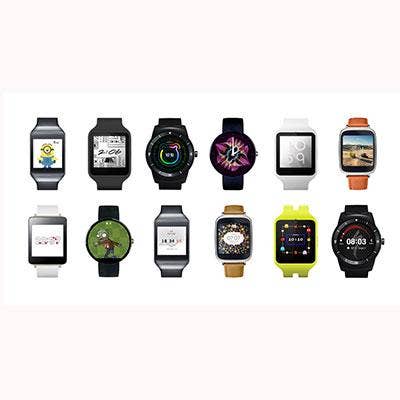
The Time Is Now
Smartwatch makers are getting set to turn up the heat this summer as each vies for space on your wrist and the money in your wallet. Asus announced Monday a new upscale VivoWatch with a 10-day battery life. More than 1 million preordered Apple Watches begin shipping later this month. Meanwhile, Samsung and LG have already released impressive offerings. Next month, Pebble begins selling its latest Pebble Steel Time smartwatch.
Here is a handy cheat sheet to help you compare features and find the right watch for you.
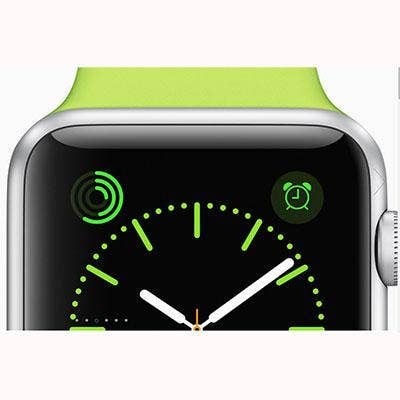
The Contenders: Wrist-To-Wrist Combat Begins
Apple Watch: This device pairs with iPhone and incorporates fitness tracking and health-related features, such as a heart rate monitor, and comes in three styles: Apple Watch Sport, Apple Watch and Apple Watch Edition.
Android Wear Watches: Android Gear is the name of a variant of the Android OS aimed at the wearables market. Five manufacturers sell watches based on this OS. Watch models include Motorola's Moto 360; Sony's SmartWatch; Asus' ZenWatch; Samsung Gear Live; and LG, which makes both the G Watch and G Watch R.
Pebble: Pebble Technology is best-known for its crowdfunding efforts with Kickstarter. Its upcoming Pebble Time Steel is a fancier-color version of its Pebble Steel smartwatch and is expected to ship in May.
Samsung Gear S: Samsung's high-end smartwatch is based on its own Tizen operating system.
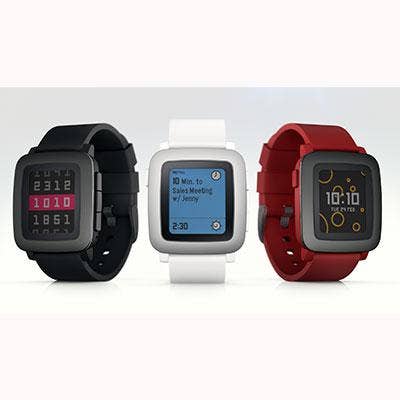
Pricing Specifics
Apple Watch: Watch Sport: $350 to $400; Apple Watch: $550 to $1,100; Apple Edition: $10,000 to $17,000
Android Wear: Various manufacturers have a starting price of $165 for Moto 360 to $300 for the LG G Watch R.
Pebble Steel Time: $300
Samsung Gear S: $300
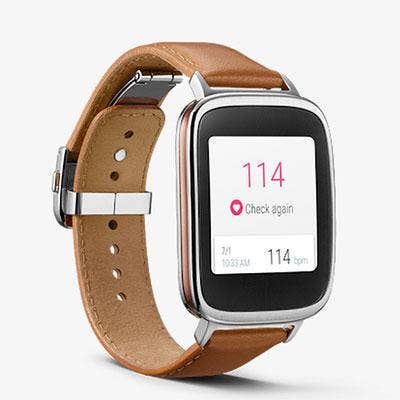
Vendor Battery Life Claim: (mileage may vary)
Apple Watch: One day
Android Wear: One day
Pebble Time Steel: One week
Samsung Gear S: Two days
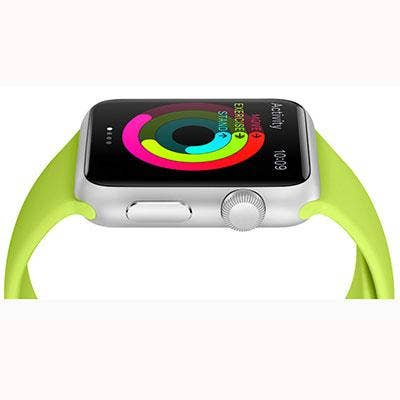
Notable Fitness Features
Apple Watch: Offers heart rate, daily workouts and reminders. Watch syncs with Apple's HealthKit and Activity apps that appear on the iPhone.
Android Wear: This device features pedometer, heart rate and pairs with Google Fit and third-party fitness trackers.
Pebble Time Steel: This smartwatch has fitness tracking (via third-party apps), such as step tracking with Misfit and Jawbone. No heart-rate monitor.
Samsung Gear S: This smartwatch features heart-rate monitoring and can track a user's steps throughout the day and also log individual workouts.
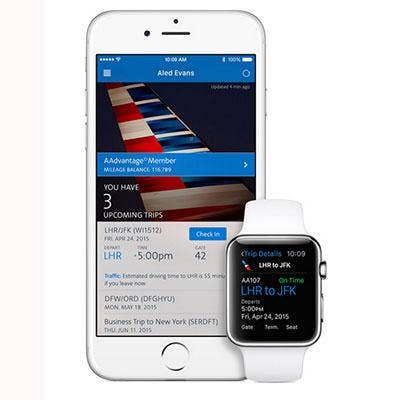
Operating Systems And Ecosystems
Apple Watch: Has Watch OS, with 100-app available at launch with reported 1,000 apps submitted to App Store.
Android Wear: Watches run Android Wear OS with more than 200 third-party apps on Google Play.
Pebble Time Steel: Pebble 3.0 with more than 6,500 watch faces and apps.
Samsung Gear S: Runs Samsung's Tizen OS, with approximately 1,000 apps available, according to Samsung.
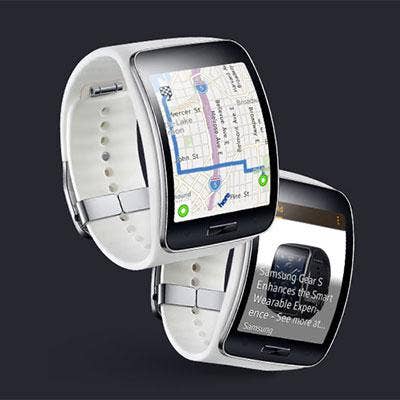
What Makes Each Smartwatch Unique
Apple Watch: Supports Apple Pay. Software notifications can be acted upon from the wrist, rather than requiring a phone to respond.
Android Wear: Platform allows users to do more, such as respond to messages with voice dictation or checking into a flight with third-party apps.
Pebble Time Steel: Low-power e-paper display and built-in microphone allowing a user to respond to messages and trigger apps.
Samsung Gear S: Can initiate and receive calls (separate data plan required). Has onboard speakers and mics for speakerphone calling on the watch, and onboard music storage and playback.
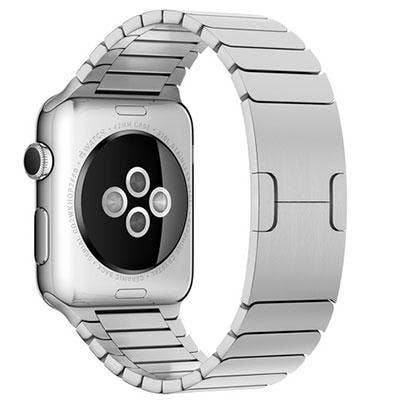
Speeds And Feeds
Apple Watch: SoC Apple S1 processor, 8 GB (2.7GB usable)
Android Wear: Various
Pebble Time Steel: Cortex M4 processor, 2 GB storage
Samsung Gear S: Dual-core Snapdragon 400 processor, 512-MB memory and 4-GB storage.
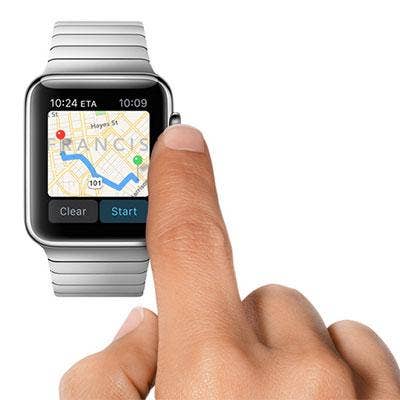
Wireless Support
Apple Watch: Has Bluetooth low energy and Wi-Fi.
Android Wear: Supports Bluetooth low energy, 3G and Wi-Fi.
Pebble Time Steel: Offers Bluetooth low energy.
Samsung Gear S: Has Bluetooth low energy, 3G and Wi-Fi.
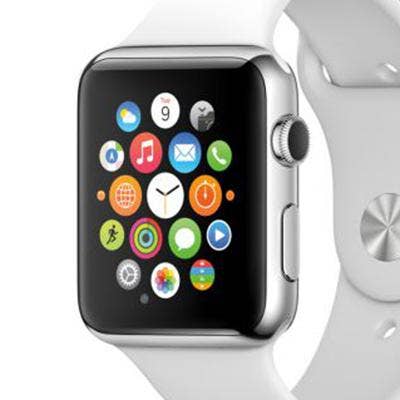
Display Type And Size
Apple Watch: Features AMOLED Retina, rectangular size, flat, and either 1.53 inches or 1.33 inches.
Android Wear: Offers a wide range of sizes and screen technologies, from Moto 360's display, which is 1.56 inches round, to Samsung Gear Live's rectangular-shaped 1.63-inch smartwatch.
Pebble Time Steel: Has e-paper display and a 1.25-inch round size.
Samsung Gear S: This is the largest of the smartwatches with a 2-inch rectangular curved display using an AMOLED screen.
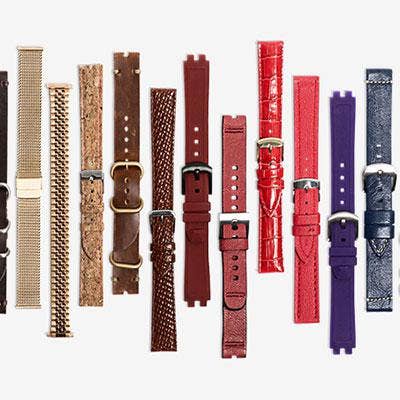
Watch Band Options
Apple Watch: Apple sells 15 different watch bands. Expect many more third-party bands.
Android Wear: Google said it is working with a variety of partners on straps for Android Wear gear, including E3 Supply, Worn & Wound and Clockwork Synergy.
Pebble Time Steel: Pebble sells four different type watch bands. Pebble also is developing smart straps that would allow for advanced functionality, such as GPS and extended battery life for the Pebble watches.
Samsung Gear S: Samsung offers nine different varieties of straps.